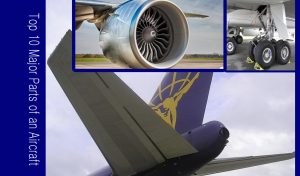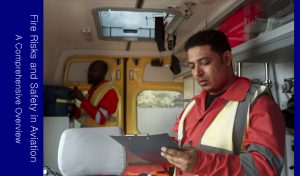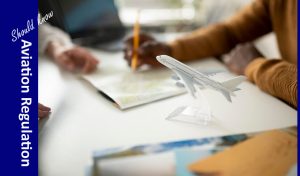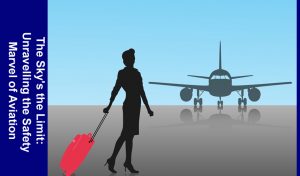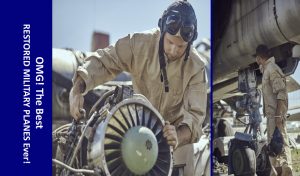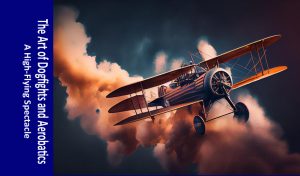Embarking on a journey through the skies, pilots play a crucial role in ensuring the safety and efficiency of air travel. A day in the life of a pilot is a meticulously choreographed symphony of pre-flight preparations, in-flight responsibilities, and post-flight routines. This captivating profession demands a unique blend of technical expertise, adaptability, and a passion for the skies. Let’s dive into the fascinating world of a pilot, exploring the intricacies of their daily routine as they navigate the vast expanse above.
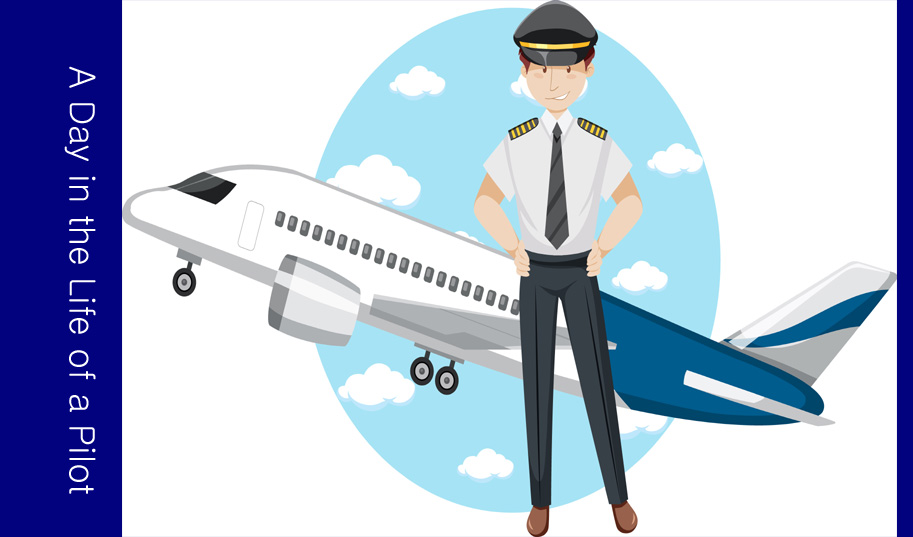
Pre-flight Preparations: The Ballet of Precision
Early Morning Rituals
The day starts with the sun still kissing the horizon. Pilots, the unsung heroes of the aviation world, rise early to embark on a day filled with responsibility and adventure.
Weather Check: Decoding Nature’s Whispers
Before donning the iconic uniform, pilots dive into weather forecasts. They decode the cryptic language of clouds, winds, and atmospheric pressure, ensuring a safe journey for passengers.
Aircraft Inspection: A Symphony of Checks
The aircraft, a majestic beast of engineering, undergoes a meticulous inspection. Pilots, alongside ground crews, examine every inch, from wingtip to tail, ensuring it’s ready to dance through the skies.
Flight Plan: Crafting the Sky’s Canvas
With charts spread out like a seasoned artist’s palette, pilots chart the course. Routes, altitudes, and waypoints are carefully selected, creating a detailed flight plan that’s both efficient and safe.
Navigation Systems: Mastering the Technological Orchestra
Within the cockpit, pilots engage with an array of advanced navigation systems. They double-check waypoints, review weather updates, and ensure that the technology meant to assist them is ready for the journey.
Taking to the Skies: Commanding the Metal Bird
Boarding: Welcoming Aboard
As passengers step onto the plane, pilots switch gears. A warm smile hides the depth of their responsibilities. Pre-flight briefings, safety checks, and the reassuring welcome announcement set the tone
Cockpit Operations: A Technological Ballet
Inside the cockpit, a symphony of buttons, screens, and controls awaits. Pilots, like maestros, orchestrate the aircraft’s systems, performing checks that range from engine status to navigation systems.
Takeoff: Defying Gravity
With a gentle push on the throttle, the aircraft defies gravity. Pilots guide the colossal machine into the sky, a sensation that never loses its magic, no matter how many times they’ve soared.
In-Flight Management: Navigating the Aerial Highway
Amidst the clouds, pilots are in constant communication with air traffic control. They adjust course, monitor fuel consumption, and ensure a smooth journey, all while providing passengers with a sense of tranquility.
Turbulence Handling: The Art of Riding Storms
Turbulence, the tempestuous side of the sky, requires skillful handling. Pilots navigate through the bumps, employing their expertise to provide a comfortable experience for those in the cabin.
Cabin Crew Collaboration: The Synchronized Flight Team
Working seamlessly with the cabin crew, pilots ensure a harmonious journey. They communicate regularly, sharing updates and addressing any passenger concerns, fostering an environment of teamwork and safety.
Post-flight Routines: The Sky’s Farewell
Landing: A Gentle Reunion with Earth
Descending towards the runway, pilots guide the aircraft back to terra firma. The landing, a controlled descent, marks the end of one chapter and the beginning of another.
Debrief: Reflections in the Afterglow
With the engines silenced, pilots engage in a debrief. They discuss the journey with the crew, sharing insights and learning from each experience, fostering a culture of continuous improvement.
Post-flight Checks: Ensuring Ready for the Next Flight
The aircraft, like a thoroughbred resting after a race, undergoes post-flight checks. Engineers and pilots collaborate to address any issues, ensuring the next flight is as seamless as the last.
Data Analysis: Mining Insights from the Flight
In the post-flight phase, pilots delve into data collected during the journey. They analyze fuel consumption, engine performance, and other metrics, extracting valuable insights for future flights and efficiency improvements.
Beyond the Cockpit: A Glimpse into the Pilot’s Life
A pilot’s life is more than just the hours spent in the air. It’s a tapestry woven with demanding schedules, long layovers in foreign cities, and the constant need to be adaptable and prepared for the unexpected.
- Always on call: Even when they’re not physically flying, pilots are often on call, ready to adjust to changes in schedules or respond to emergencies. It’s a demanding responsibility, but one they shoulder with unwavering dedication.
- The family that flies together: Long layovers and unpredictable schedules can be tough on families, but many pilot families find creative ways to stay connected. From surprise visits to shared virtual experiences, the bond between a pilot and their loved ones often soars above any obstacle.
- A global perspective: Every flight is a journey to a new destination, exposing pilots to diverse cultures and landscapes. It’s a constant reminder of the interconnectedness of our world and the beauty that lies beyond our own borders.
Conclusion
A day in the life of a pilot is a tapestry woven with skill, responsibility, and a deep passion for the skies. From the pre-dawn rituals to the post-flight debrief, every moment is a testament to the dedication required to navigate the vast expanse above.
Frequently Asked Questions
Q1: How do pilots handle long-haul flights and jet lag?
A1: Pilots follow a carefully planned schedule, stay hydrated, and adjust their sleep patterns before long-haul flights to minimize the effects of jet lag.
Q2: What kind of training do pilots undergo?
A2: Pilots undergo rigorous training, including simulator sessions, theoretical courses, and hands-on flying experience, to obtain various licenses and certifications.
Q3: How do pilots communicate with air traffic control during a flight?
A3: Pilots use radio communication to interact with air traffic control, receiving instructions, updates, and clearances for their route.
Q4: How do pilots handle emergencies?
A4: Pilots undergo extensive training to handle emergencies. They follow standardized procedures, relying on their training and experience to ensure the safety of the aircraft and passengers.
Q5: Do pilots get to enjoy the view during flights?
A5: Pilots have a front-row seat to some of the most breathtaking views. However, their primary focus is on safely operating the aircraft, with time for enjoying the scenery during less critical phases of the flight.
Q6: What technologies do pilots use for navigation?
A6: Pilots utilize advanced navigation technologies, including GPS systems, inertial navigation, and radar, to ensure precise and safe routes during their flights.
Q7: How do pilots stay updated on changing weather conditions during a flight?
A7: Pilots receive real-time weather updates through communication with air traffic control and onboard weather radar systems, allowing them to make informed decisions to ensure passenger safety.
Q8: What role does teamwork play in a pilot’s day?
A8: Teamwork is crucial. Pilots collaborate closely with the cabin crew, ground staff, and air traffic control, emphasizing effective communication and coordination for a smooth and safe journey.
Q9: How do pilots manage fatigue during extended flights?
A9: Pilots adhere to regulated rest and duty hours, and they have designated rest areas on long-haul flights. Additionally, they practice healthy lifestyle habits to minimize the impact of fatigue.
Q10: What is the role of autopilot, and how do pilots use it?
A10: Autopilot is a tool that assists pilots in maintaining the aircraft’s desired heading, altitude, and speed. Pilots use it strategically, allowing them to focus on other critical aspects of the flight while ensuring a controlled and safe journey.
